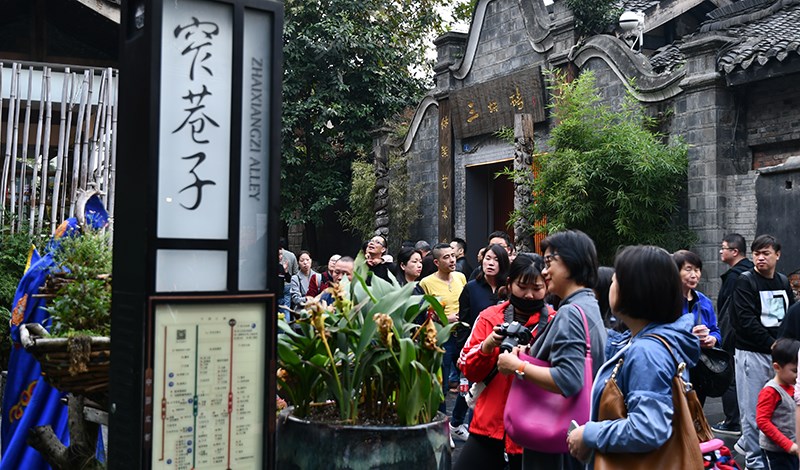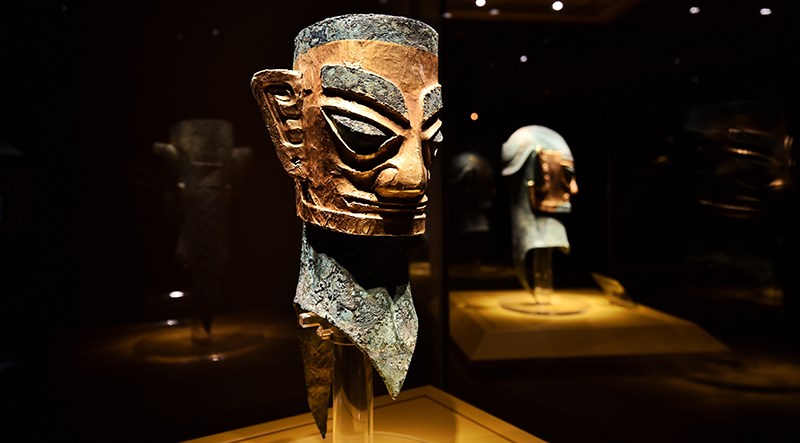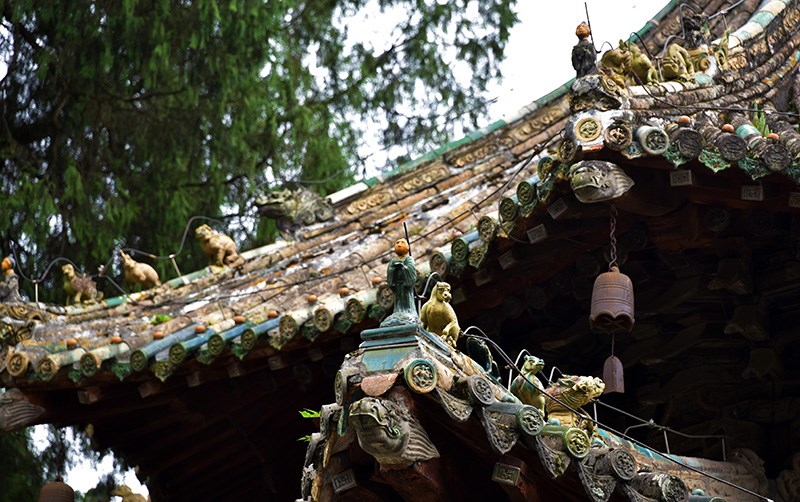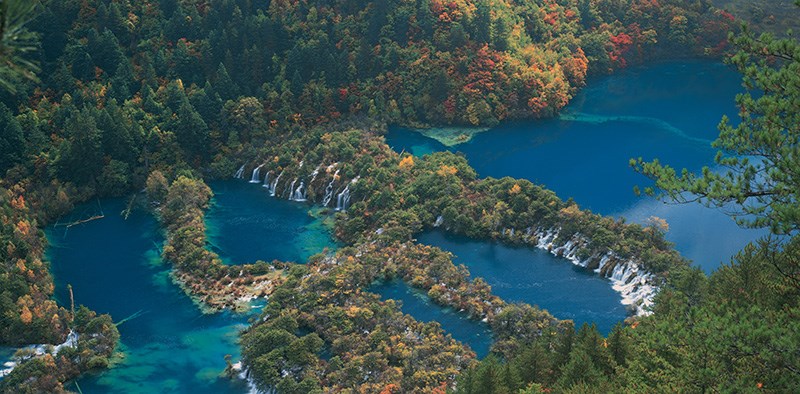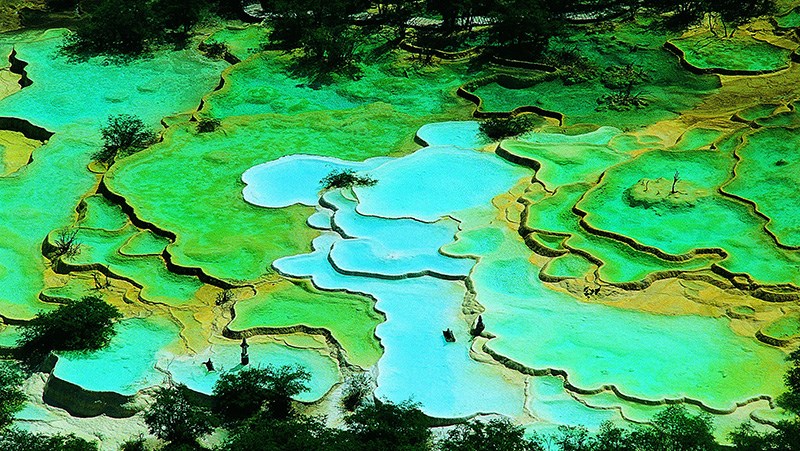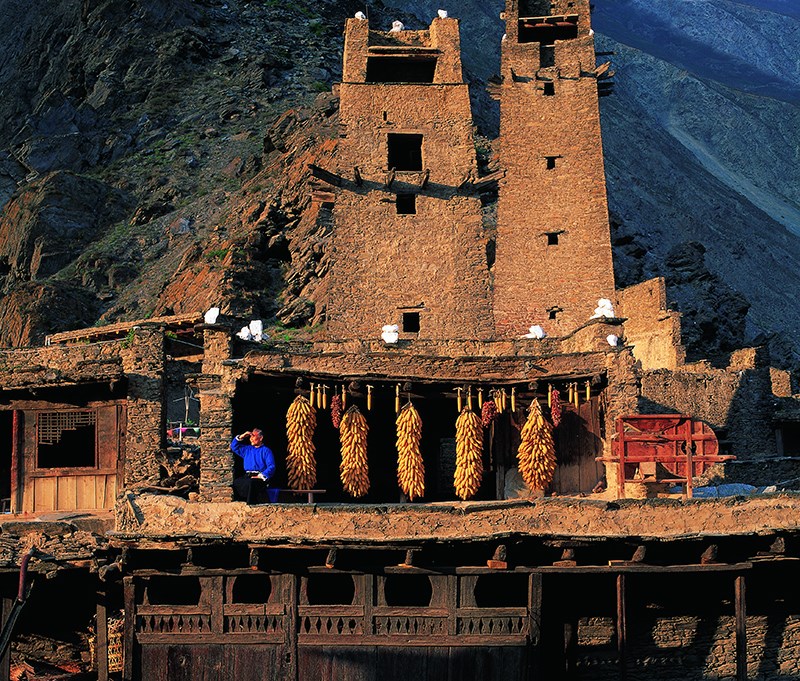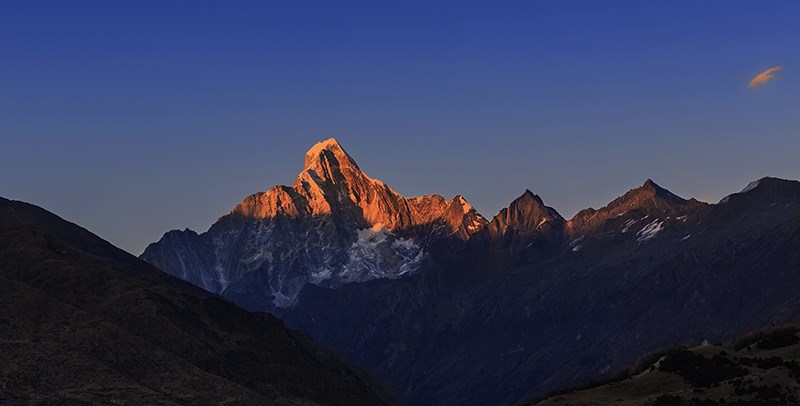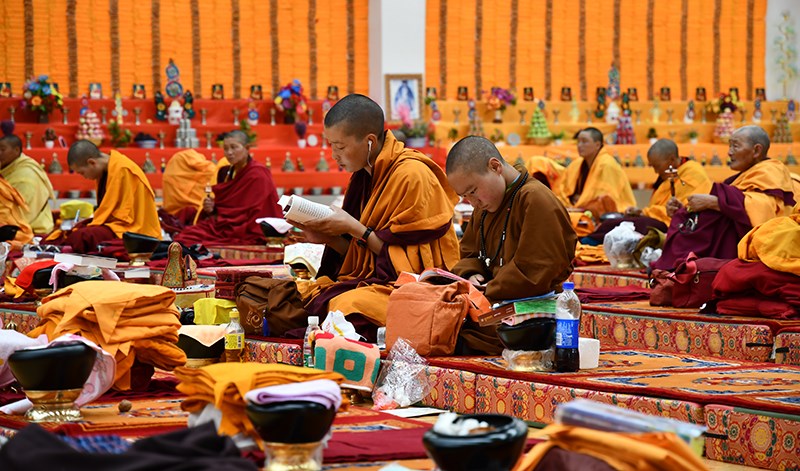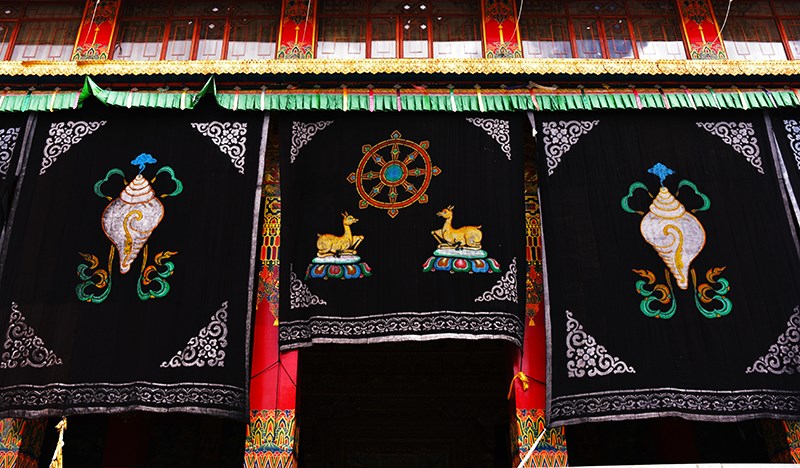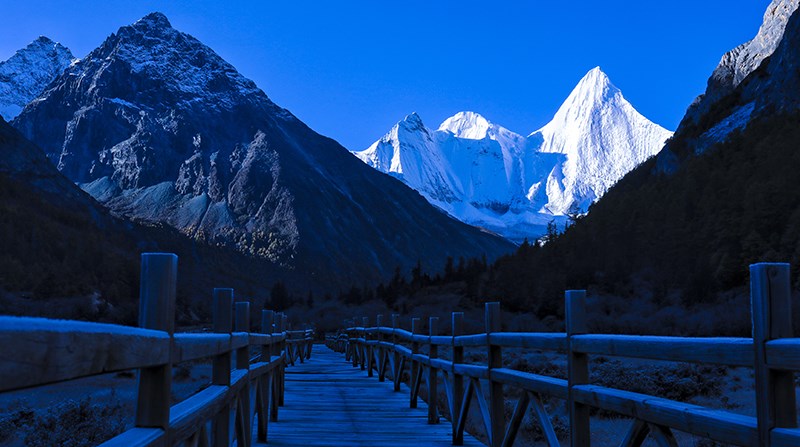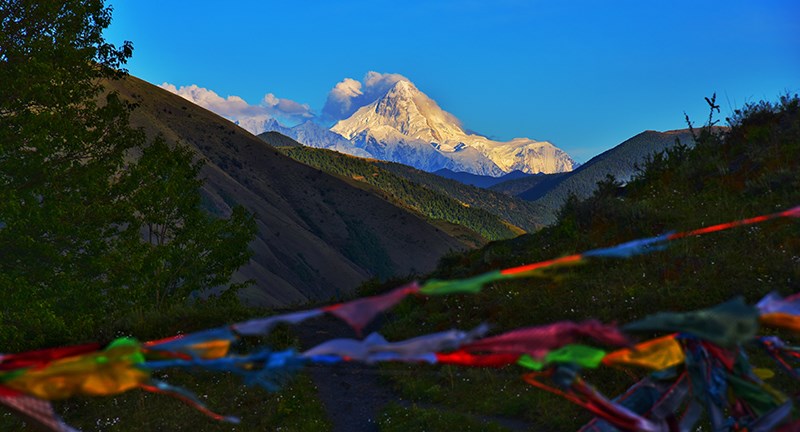13 Days Private Tour Chengdu – Sanxingdui – Mianyang – Jiangyou - Pingwu – Jiuzhaigou – Huanglong – Songpan – Maoxian - Taoping – Wolong – Siguniang Shan – Danba – Tagong – Xinduqiao – Yajiang – Litang – Daocheng – Shangri-La Town – Yading – Shangri-La Town – Xinduqiao – Kangding - Luding - Chengdu
On this trip, we will enjoy the leisure life in Chengdu firstly. After that we drive to Jiuzhaigou, on the way we visit the Sanxingdui Museum of the ruins of the old Shu Kingdom and the Bao'en Temple in Pingwu. The Bao'en Temple has the best preserved old buildings of the Ming Dynasty in China. On this trip, two of China's most beautiful national parks are assembled: Jiuzhaigou (UNESCO World Heritage Site since 1992) and Huanglong (UNESCO World Heritage Site since 1992) amidst the magnificent mountain world of Minshan Mountains in the northwest of Sichuan Province. The crystal clear water, countless alpine lakes, rushing streams and waterfalls, lush vegetation, active wild animals, the rugged peaks, all of these create the unreal beauty of Jiuzhaigou, but its beauty is true. Because of its spectacular and breathtaking karst landscape with countless limestone terraces, the Huanglong National Park is world famous. Continue along the Min River to Taoping Village and visit the traditional residences and fortress towers of the Qiang Minority. Then drive on the Chinese Panda road to Wolong, the first panda reserve of China, and visit the cute Pandas closely. Then we cross the Balang Mountain, hike in the Siguniang Mountain, the so-called "Chinese Alps", and enter the most beautiful village in China- the village Jiaju of the Jiarong Tibetans in Danba. Then we reach Tagong -"Buddha's favorite place", which is also known as "little Lhasa" among believers. Then we follow the Khampa Tibetans, turn the prayer mills around Tagong Monastery (Lhagang) and listen to the reading voices of the nuns in the Gyergo nunnery. On the hill next to the Muya Goldenpagode we wait for the sunrise and sunset from Mount Yala. Afterwards we drive to Yading, Daocheng via Litang, the center of Khampa culture. In Yading -"the last Shangri-La" we hike on the snow mountains, on the sacred lakes and in the beautiful valleys. On our way back to Chengdu we can overlook the main peak of Gongga Mountain (Minya Konka, 7556 m) in Xinduqiao. Finally we visit the Luding Bridge, where the Chinese Red Army combated in the long march.
Private travel, great experiences! Please contact us for your tailor-made travel offer.
With individual China Tibet travel, you can decide when, where and how you go on tour by yourself. What's more, you can choose the length of travel and whom you go with.
Hotel, program and itinerary are subjected to change with prior notice.
We must point out that you counter a basic tourism infrastructure in this region. You stay overnight mostly at simple hotel/guesthouse. Long journeys on bad roads and on high altitude and delays require good physical fitness, resilience and flexibility of the participants. Program and route changes due to unforeseen events are expressly reserved. If you desire the unknown and have an understanding of contingency, this is the right trip for you.
If you wanna buy uk aaa quality
fake watches, you cannot miss this website. It must make you feel regret it!
Buy top Swiss
hublot fake watches online. Fast shipping. Quality guarantee.
Sanxingdui Museum | Photo by Liu Bin
Sanxingdui Museum | Photo by Liu Bin
Baoen Temple | Photo by Liu Bin
Jiuzhaigou National Park | Photo by Wang Ning
Jiuzhaigou National Park | Photo by Wang Ning
Jiuzhaigou National Park | Photo by Wang Ning
Jiuzhaigou National Park | Photo by Wang Ning
Huanglong Park | Photo by Gao Tunzi
Taoping Village of Qiang Minority | Photo by Liu Bin
Panda in Wolong | Photo by Liu Bin
Panda in Wolong | Photo by Liu Bin
Siguniangshan Mountain | Photo by Min Zhao
Siguniangshan Mountain | Photo by Liu Bin
Siguniangshan Mountain | Photo by Liu Bin
Jiaju Village in Danba | Photo by Liu Bin
Jiaju Village in Danba | Photo by Liu Bin
Huiyuan Temple | Photo by Liu Bin
Sunset of Yala Mountain | Photo by Liu Bin
Tagong Monastery | Photo by Liu Bin
Tagong Monastery | Photo by Liu Bin
Tagong Monastery | Photo by Liu Bin
Grand Mani Wall in Tagong | Photo by Liu Bin
Prayer Wheels of Tagong Monastery | Photo by Liu Bin
Gyergo Nunnery in Tagong | Photo by Liu Bin
Gyergo Nunnery in Tagong | Photo by Liu Bin
Litang Monastery | Photo by Liu Bin
Xiannairi in Yading | Photo by Wang Lei
Yangmaiyong in Yading | Photo by Wang Lei
Xialuoduoji in Yading | Photo by Wang Lei
